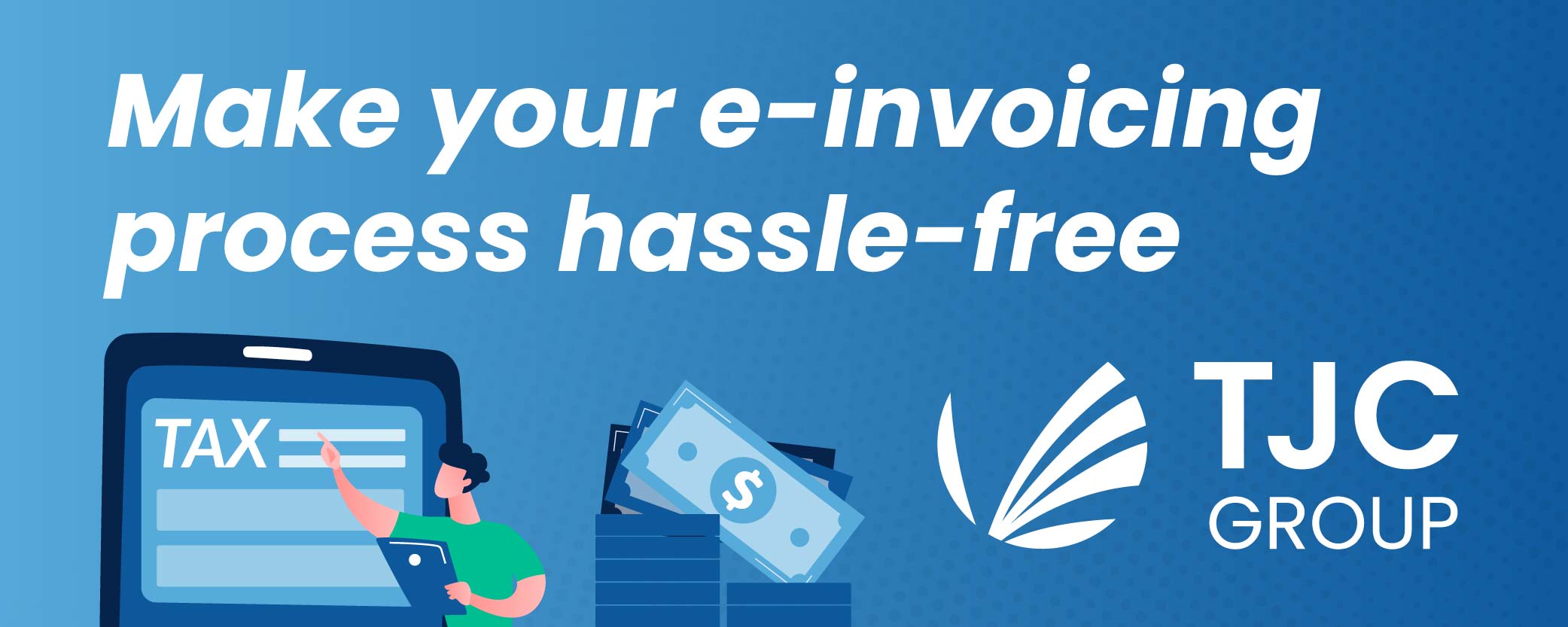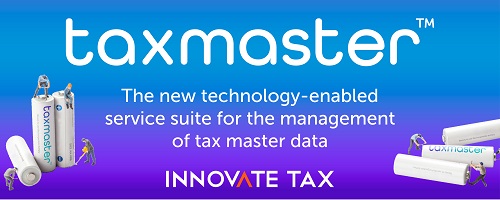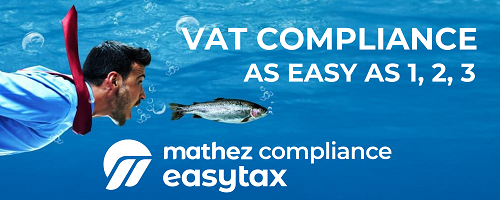The U.S. Supreme Court’s 2018 South Dakota v. Wayfair decision decided that states could require remote sellers to collect and remit sales tax on their in-state sales. Since that ruling states have relied on the original two types of economic nexus thresholds, or “tests,” to determine when a remote seller must begin collecting and remitting sales and uses taxes:
- A gross revenue test in which compliance is triggered after remote sellers exceed a specified amount of sales revenue generated in the state during a calendar year; and/or
- A transaction test in which compliance is required after the remote seller completes a set number (e.g., 200) of individual transactions.
Source: www.vertexinc.com
Latest Posts in "United States"
- 2025 Holiday Shopping: Trends, Challenges, and Strategies for Retailers to Succeed
- How to Handle Sales Tax Filing Frequency Changes and Stay Compliant Year-Round
- New York Officials Divided on Tax Hike Amid Surging Revenue and Federal Funding Uncertainty
- Plumas County Proposes 1% Sales Tax for 2026 Ballot to Address Budget Deficit
- Why Five-Digit Zip Codes Can Lead to Incorrect Sales Tax Rates in E-Commerce Transactions















